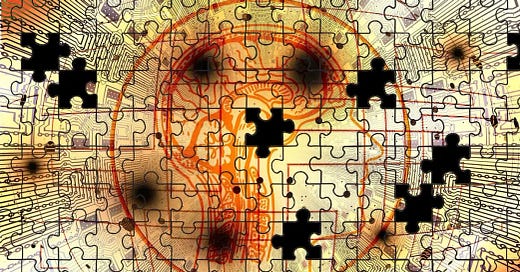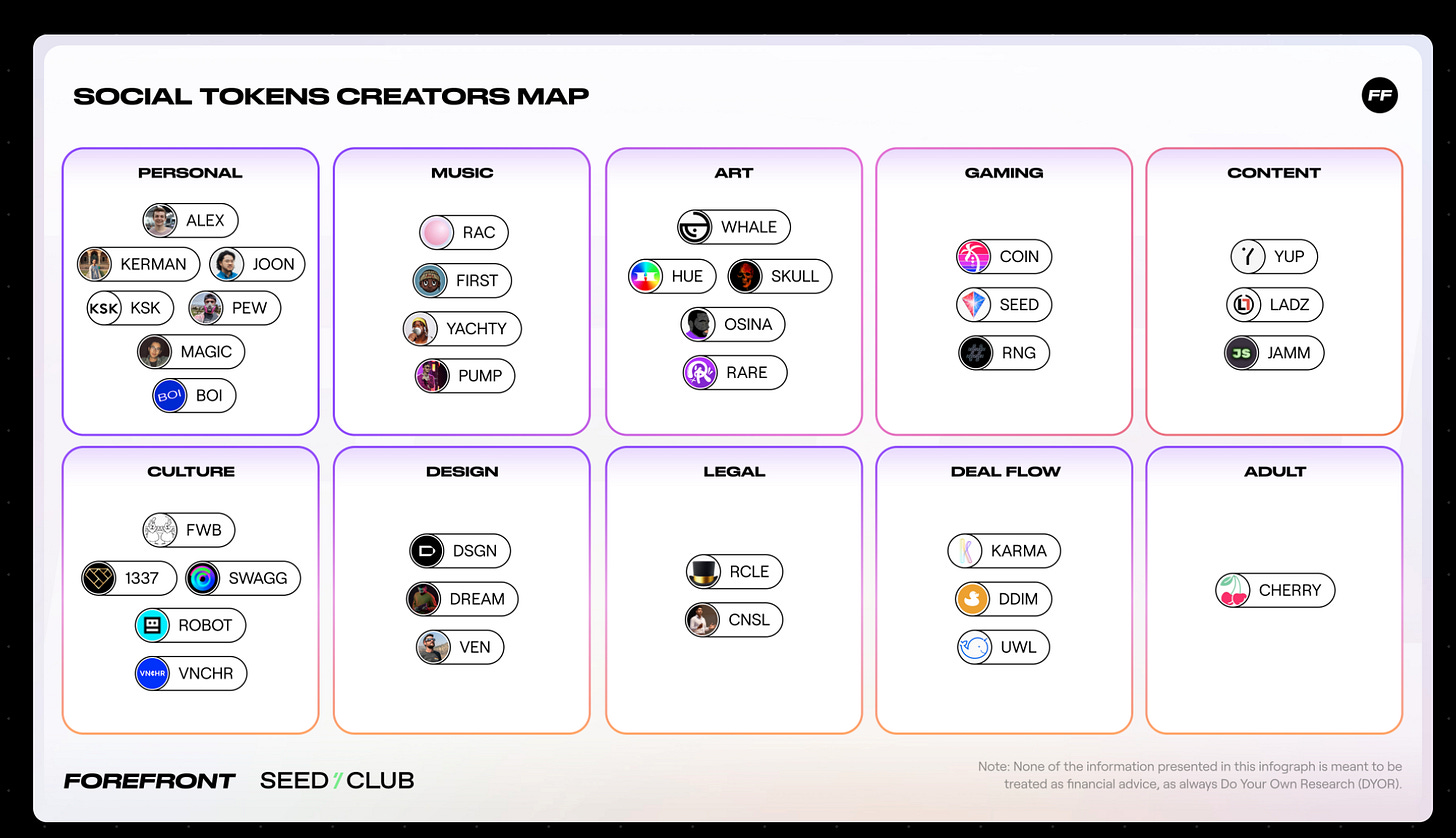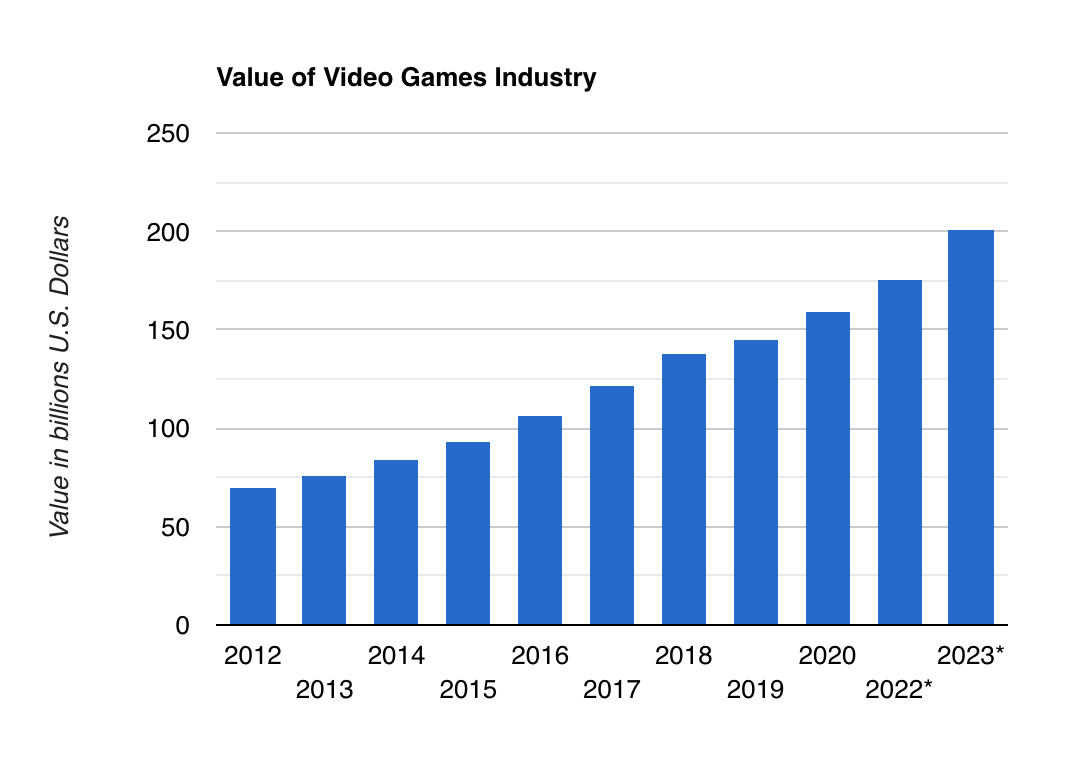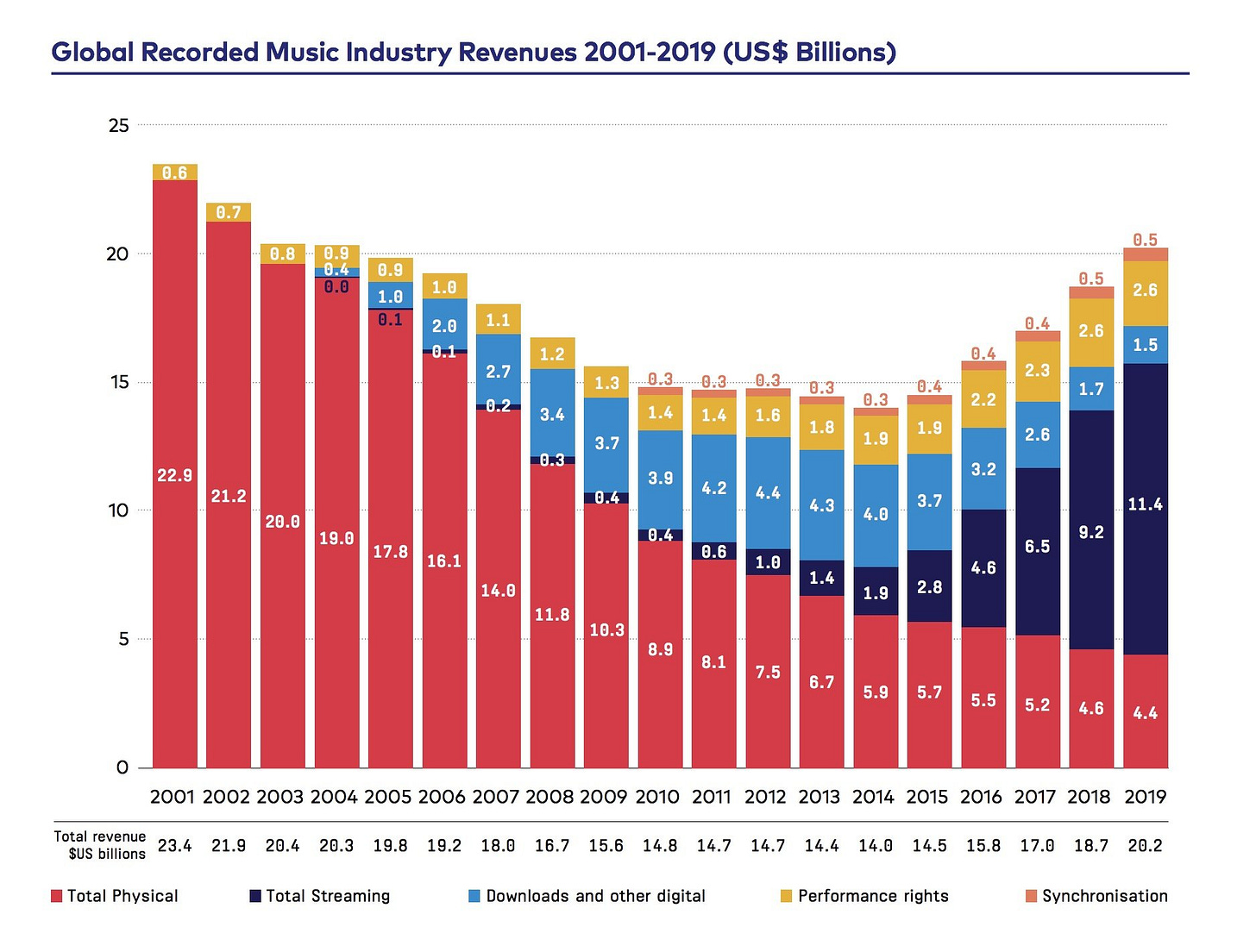Thought for the week 💭
Social tokens and the creator economy
[5-minute read]
Social tokens - also known as personal tokens, community coins, and creator coins - are an emerging category of digital assets (like cryptocurrency or NFTs). These tokens are backed by the reputation of an individual, brand or community. They are like owning shares in a person or a community, rather than a company. They create value for a range of different participants - from speculators to die-hard fans.
I wrote about one variant of social tokens last week - BitClout. Having done a deeper dive into the space and explored some of the other projects and experiments like Rally, Roll, Whale, FWB, I’m increasingly excited by the implications of social tokens for the creator economy.
I see two positive outcomes from more widespread social token adoption:
1// Social tokens will lead to broader adoption of crypto: I believe that social tokens could be the next big mainstream event for crypto after NFTs. Whereas DeFi is serious and functional, social tokens are fun and playful. In my view, this is why NFTs gained more mainstream attention than DeFi. The majority of consumers are more interested in discovering tools for play than tools for work. This gives social tokens a broader appeal than most other areas of crypto. If social tokens take off, they could be the first foray into blockchain/crypto for a wide range of people.
2// Social tokens will lead to a boom in the creator economy: Specifically, I see social tokens driving growth in the creator economy in three ways:
Social tokens will enable creators to better monetise their audiences through new and more effective business models.
Social tokens increase the overall liquidity in the creator economy by introducing new financial instruments, new participants (e.g speculators) and secondary markets.
Social tokens enable a unique economic alignment between fan and creator. This alignment should lead to a powerful flywheel dynamic in which fans are incentivised to become ‘ambassadors’ for their respective creators.
In combination with NFTs, social tokens are another powerful instrument in creators’ increasingly rich toolbox.
Social tokens - FAQ
What are social tokens?
A social token is a digital, fungible asset that is backed by the reputation of an individual or a community. It’s like owning shares in a person or community. They give creators the power to create their own digital economy, independent of any specific platform. They enable a direct connection between fans and creators - without the need for any intermediary. What’s more, this asset is fungible. This means it can be traded with others, now or in the future.
An example may help illustrate how social tokens work in practice. I currently write a newsletter which I publish for free. However, in a bid to better monetise my fanbase, I may choose to mint my own creator coin ($OMAR) using an issuer like Rally. Once minted, fans or speculators can buy this token in exchange for fiat currency or cryptocurrency.
Unlike a platform like Patreon, my coin is not dependent on any ‘company’ or central authority. If the core team behind the Rally project were to disappear tomorrow, my coin would still exist. This is because the Rally Network is an open, decentralized network based on the Ethereum blockchain. My coins do not live on a server in San Francisco. They exist on a shared database (a blockchain) based on a pre-determined set of rules.
What are social tokens used for?
The most prevalent use case for social tokens is for creators to divide their fan base into tiers and reward them based on their level of ownership.
Keeping with the example above, after minting a social token, I can provide exclusive perks for all $OMAR coin holders. For example, coin holders with >200 coins will get access to a private Discord server. Fans with >500 will get a 30-minute phone call with me every month. Fans with >1,000 will get a shout out from me on Twitter. These are just a few examples. In reality, there is an unlimited number of ways that creators can choose to reward coin holders.
How do social tokens create value for fans and creators?
As my fame grows, demand for my coin should also theoretically grow. Increased demand will cause the price of $OMAR to increase relative to a base currency (like ETH). This benefits early coin holders (fans), who now have an asset that has appreciated in value. Since most of these coins are fungible - they can be exchanged for cryptocurrency or fiat currency with others on exchanges like Uniswap. This means that fans can actually benefit as their favourite creators become more popular.
Meanwhile, a creator can redeem their own coin at any time by converting a portion of their coin holdings to other currencies, like traditional fiat currencies (e.g. USD) or other cryptocurrencies. As such, the creator has an economic incentive for more people to buy and hold their coins (so that the value of the creator’s coin holding increases).
Social tokens also bring speculators into the equation. For example, an A&R professional might spot a promising new musician on TikTok. They may have the view that this creator will explode in popularity in the future. To capitalise on this thesis, they would buy the creators coin and hold it until it appreciates in value. At that point, they would sell it in order to make a profit.
What is the current state of social tokens?
As of December 2020, based on an analysis by Seed Club, there were:
22+ Key Social Tokens
$81.2M Total Market Cap
7000+ Cumulative Token Holders
These numbers are likely outdated already. $200m has been invested in creator coins on BitClout alone over the past few months.
Economic benefits of social tokens for the creator economy
New business models
Social tokens enable creators to monetise their fans in new ways. Specifically, social tokens may lead to more widespread adoption of a variant of the free-to-play (F2P) model. F2P has proven to be remarkably successful at driving growth and new user adoption in the gaming market. Because of this, it is now the dominant model for the gaming industry. Yet, F2P is less pervasive in other areas of media.
In gaming, the majority of revenue comes from a select few ‘big spenders’ (whales). These players spend a disproportionately high amount on virtual, in-game goods. Whales subsidise the gaming experience for other players - enabling some of them to play for free. This is a totally different model to the music industry, where F2P is non-existent. Everyone pays the same for a monthly music streaming subscription. There are no whales.
F2P facilitates what economists call price discrimination. To summarise this crudely, F2P allows profit maximisation (maximising producer surplus) by charging customers the optimal price, which is dependent on their unique demand curve.
This advantage of F2P is arguably one of the main reasons why the gaming industry has grown so significantly over the past decade. In 2010, F2P represented 20% of the gaming industry’s revenues. Today, it represents >85% of industry revenue. In the same period, the market has nearly grown nearly 3x and is now worth >$150bn.
Contrastingly, the music industry’s growth has been more anaemic. Recorded music revenues have grown from $15bn to $20bn today. This is down from nearly $25bn in 2001. I believe a key reason for this is the lack of business model innovation in the industry.
Social tokens should encourage the introduction of F2P models across all media categories including music. Content creators will be able to give away their content for free in order to maximise the top of their funnel. They can then generate most of their revenue from what George Howards calls the most passionate percentile. This will enable creators to maximise both their reach and their total profits.
Better economic alignment between fans and creators
How is the above scenario different to Patreon? Or Substack? As a creator today, I can publish content for free, and then monetise my most loyal fans on these platforms too. The key difference is that with creator coins, the fans now have a financial stake in that creator. Fans will benefit financially as that creator grows in popularity. They can ‘trade out’ of that position at any time if they decide to. It’s no longer a one-directional transaction.
Because of this difference, creator coins also address one of the potential looming concerns underlying the creator economy today - that of subscription fatigue. Are users really going to subscribe to 100+ creators on Substack? And 100+ more on Patreon? This feels unlikely. However, they may be willing to buy 100+ coins for different creators. The knowledge that this coin can be exchanged at a later date is the fundamental difference here. This will mean that more creators can successfully operate F2P models.
Better liquidity
Creator coins add new, more complex financial instruments to the creator economy. By creating a ‘secondary market for fandom’ and the promise of financial gain through asset price appreciation, creator coins increase the liquidity of the creator economy.
Good liquidity is an important component of any well functioning economic system. It enables more participants, and therefore, more money to flow into the system. Overall, this should lead to more activity in the creator economy. In turn, this will facilitate more creation and more innovation in the space.
Concluding thoughts
It is a good time to be a content creator. NFTs make digital goods scarce, thereby enabling digital content creators to monetise their work more effectively. Social tokens add another dimension to this. They enable multi-layered fan-to-creator relationships. They offer an opportunity to re-align the interests of creators with their communities. What’s more, they offer true fans an opportunity to benefit financially from their fandom.
A lot of cool innovation is happening here every day. Watch this space!
If you’re interested in a deep dive on the various projects and experiments in this space - check out Forefront’s Social Tokens - 2020 Year in Review.
Interesting data from this week 📈
Bitcoin is the fastest asset to reach $1 trillion in market cap.
Source: Visual Capitalist








